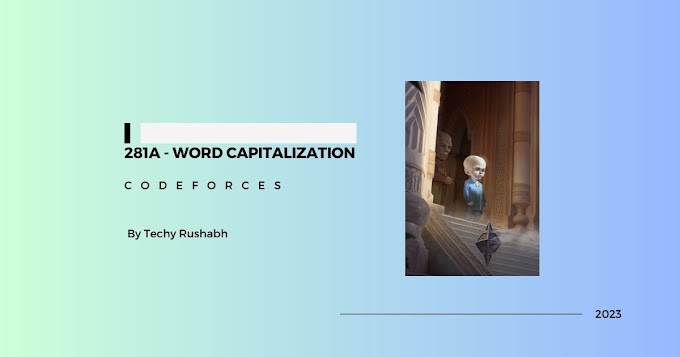Introduction
Imagine a world where robots understand your commands as effortlessly as a human. That future is rapidly approaching thanks to Google's latest innovation: RT-2, a next-generation AI designed to bridge the gap between human instruction, digital understanding, and robotic action. Get ready to explore how RT-2 is poised to revolutionize the world of robotics.
Understanding RT-2: The Vision Language Action Model
RT-2, short for Robotics Transformer 2, is a Vision Language Action (VLA) model. VLAs are AI models that can interpret both text and images from the web and translate that understanding into specific actions for robots. This means you can provide simple, natural language commands, like "throw away the trash," and the robot will be able to execute the task, even if it hasn't encountered it before. This represents a significant leap forward in how robots learn and operate.
How RT-2 Learns: Bridging the Human-Robot Knowledge Gap
Humans naturally learn from diverse sources like books, videos, and personal experiences, applying that knowledge to new situations. Traditional robots, however, require specific, detailed data for each task. RT-2 overcomes this limitation by leveraging transformers, a type of AI model trained on vast amounts of internet content. Similar to how GPT-3 generates text on varied topics, RT-2 processes text and images, converting them into actionable instructions for robots. It uses a Vision Language Model (VLM) and a Vision Language Action model (VLA). The VLM learns from online text and images and the VLA uses that information to direct robot actions.
RT-2 in Action: Capabilities and Innovations
Google has demonstrated RT-2's capabilities across several tasks. It can sort trash (even judging your diet!), differentiate between objects like apples and tomatoes, and execute multi-step commands. For example, when asked to "move a banana to 2 + 1," RT-2 understands that this means 3, identifies three nearby items (like cups), and places the banana accordingly. It demonstrates chain-of-thought reasoning by breaking down complicated tasks into smaller components. The RT-2 can also manage new situations and adjust to different settings. Action tokens, which are simple commands, enable the VLM transformation, which changes the VLM to a VLA. Another feature is the ability to turn visual-only jobs into robot actions.
Example of an action token command:
move left 0.5
RT-2 vs. The Competition and Economic Impact
RT-2 marks a considerable improvement over its predecessor, RT-1, which was limited to tasks it had previously encountered. Compared to other robotic control methods like VC1, R3M, and MOO, RT-2 demonstrates significantly better performance in language-command-based tasks. RT-2 scored 92.3% vs 85.6% (VC1), 81.4% (R3M), and 79.8% (MOO). This technology has huge economic potential because the global industrial robotics market size was valued at $44.6 billion in 2020 and is expected to grow at a compound annual growth rate of 9.4% from 2021 to 2028.
Trust and Responsibility: The Future of AI and Robotics
As we integrate robots and AI into our lives, it's crucial to address concerns regarding trust. Ensuring the safety and reliability of these systems is paramount. The engineers and developers behind these technologies bear a significant responsibility to align their innovations with our societal values and expectations.
Conclusion: RT-2 - A Glimpse into the Future
RT-2 represents a significant step toward creating robots that are more intuitive, adaptable, and capable of assisting us in various aspects of daily life. By leveraging vast amounts of online data and innovative AI techniques, RT-2 is closing the gap between human understanding and robotic action, paving the way for a future where robots can truly understand and respond to our needs.




0 Comments